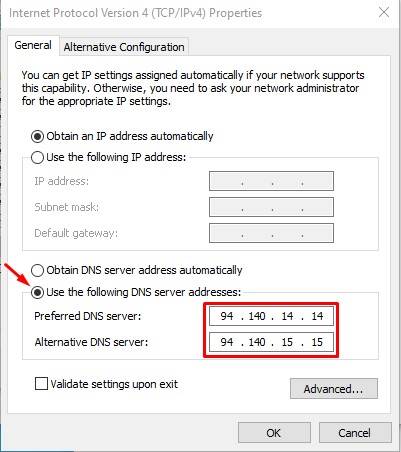

It is where you get to see at a single glance the summary of all of the statistics it has collected.

The dashboard is what you see as soon as you log into your AdGuard Home. The last step is to open the dashboard and login. Note: This is also when I like to go back into my RaspberryPi’s NIC to statically repoint it’s DNS setting to its own IP address since it is now able to resolve DNS. This will make all of the devices on your network that is pulling a DHCP address from your router start to use AdGuard Home. Time to set up your devices to point their DNS to your “new” AdGuard Home.Īt this point, this is when you should be repointing the DNS in your router to now be pointing at your RaspberryPi’s IP address. So on this page, I will select my ‘eth0’ interface as the one that I want to listen to for DNS calls on. I usually go into the OS and disable the WiFi. Using my RaspberryPi 3, I prefer to only use my wired ethernet connection. You should be greeted by a five-step getting started wizard. Referencing the example in my image above, I would be going to. Open your browser and go to the third entry which should be the same as the static IP address you applied to your RaspberryPi before we got started. Towards the bottom of the output from the install, there are a few lines that tell us what IP the RPi is listening on, on port 3000. curl -s -S -L | sh -s -vĪfter a few minutes, the installation completes and you are ready to proceed. It will take care of everything downloading the proper version for your RaspberryPi, installing it, starting it as a service on boot. The easiest way to begin the installation of AdGuard Home and get it ready to go is to copy and paste the command below and then run it. After that you will be ready to get started. Install AdGuard Homeīefore you get started make sure to update your RaspberryPi using these two commands. The next thing you’ll want to do, which I won’t cover in this article, is set up your RaspberryPi with a static IP address and then enable SSH on it so that you can connect to it. While not required, I recommend starting with a new fresh image of the RaspbianOS on it. To start, as the title suggests you’ll need a RaspberryPi. I’ve used Pi-Hole for longer than I can remember, so it’s time to test drive another solution, AdGuard Home, to see how it compares on my network.


 0 kommentar(er)
0 kommentar(er)
